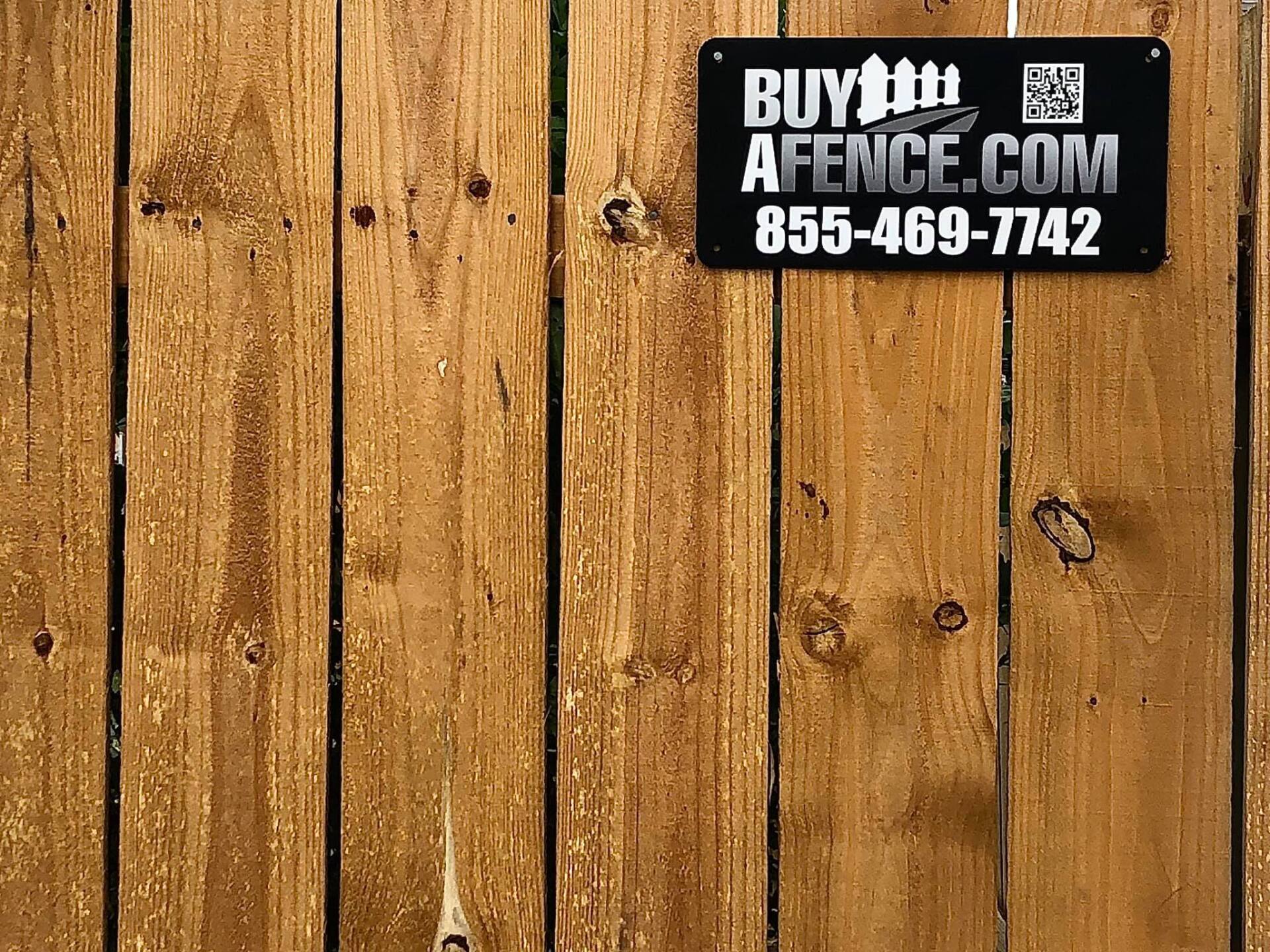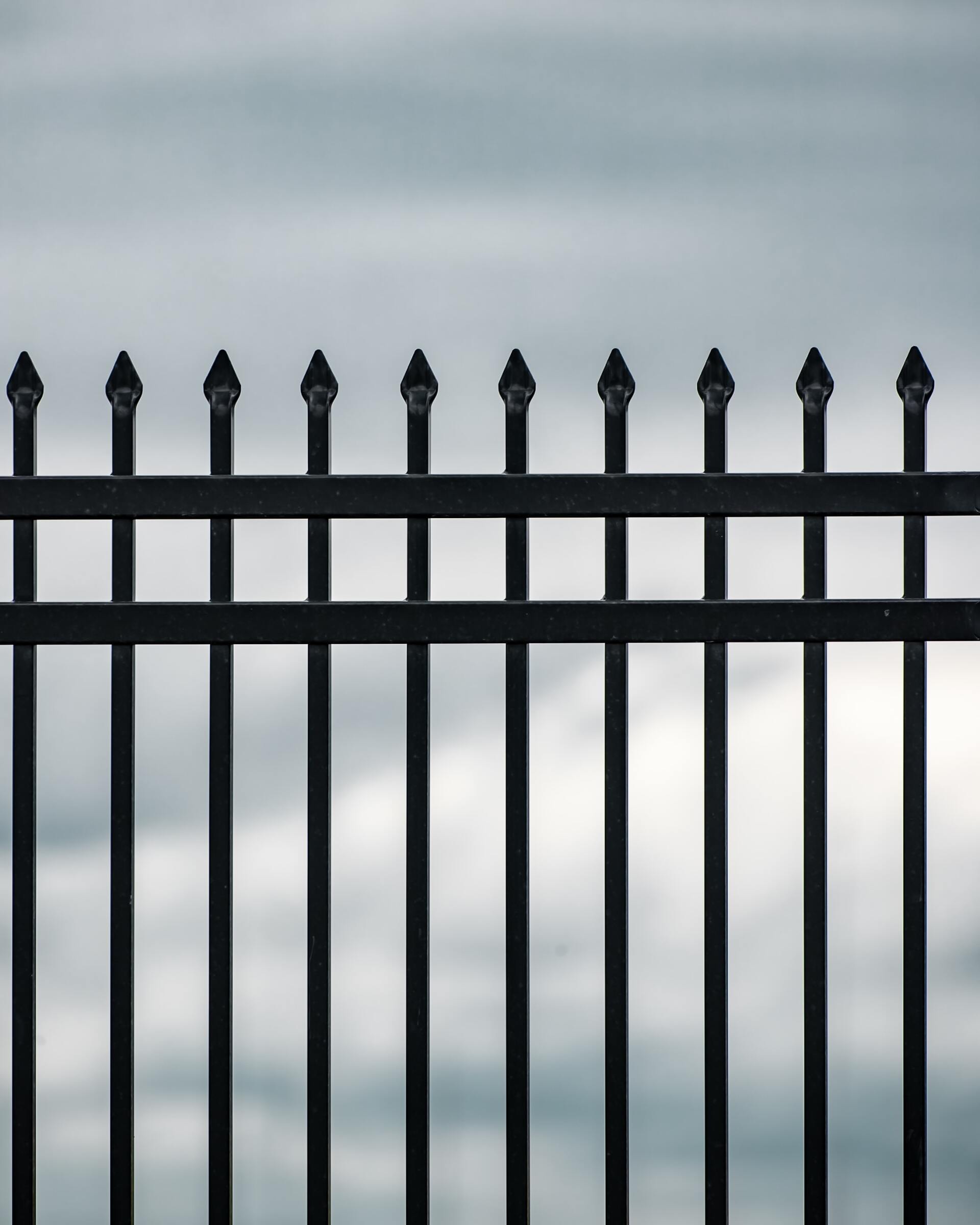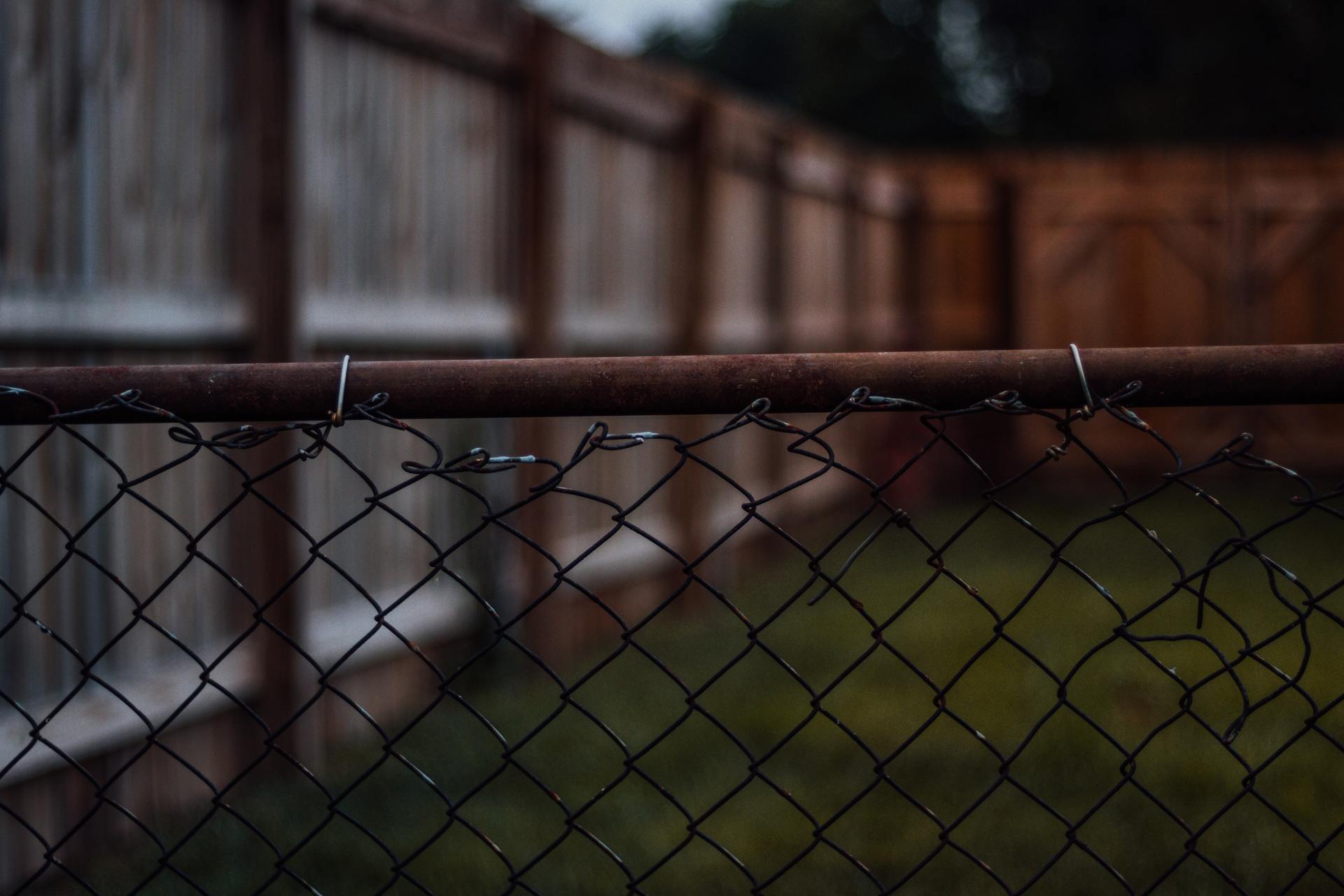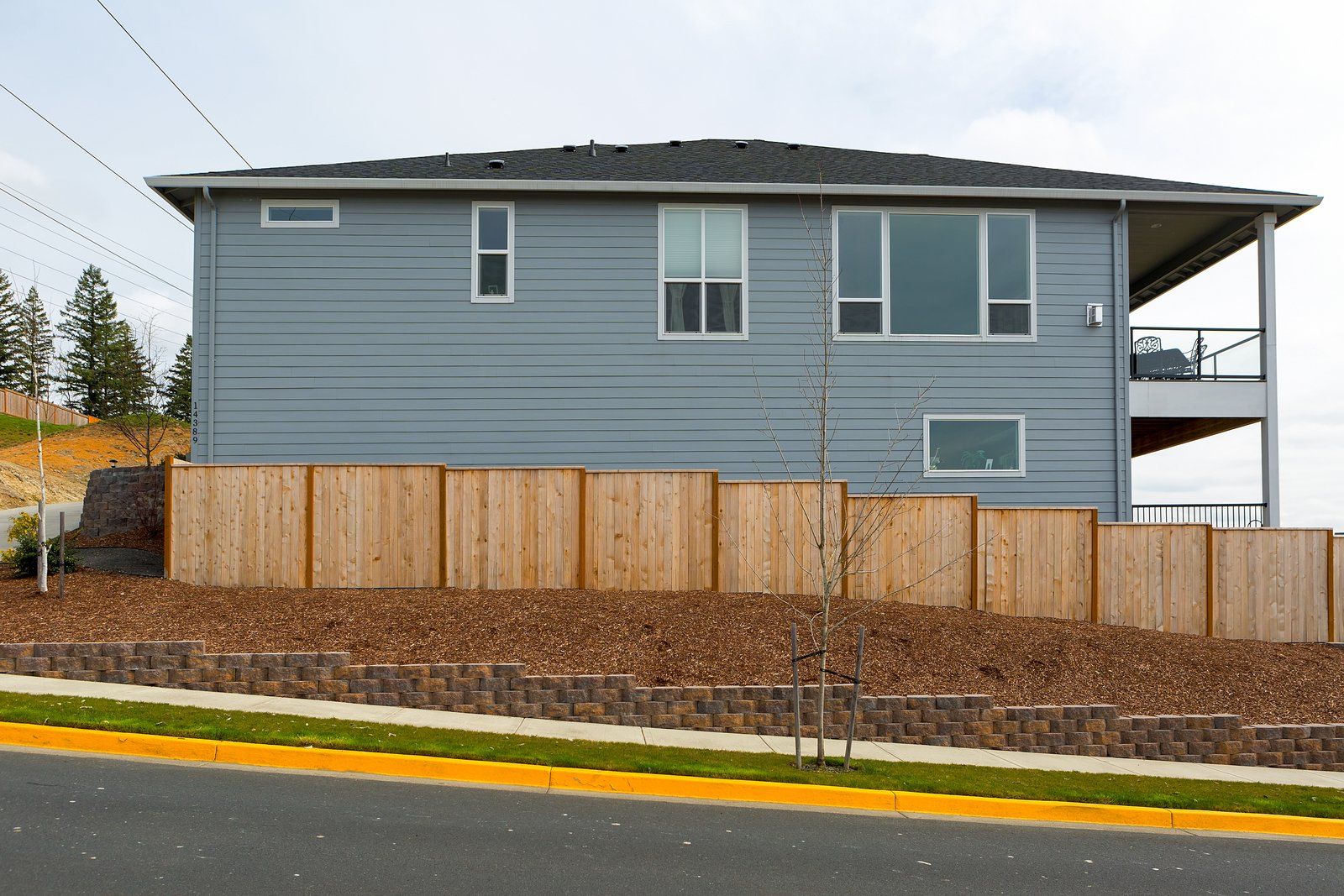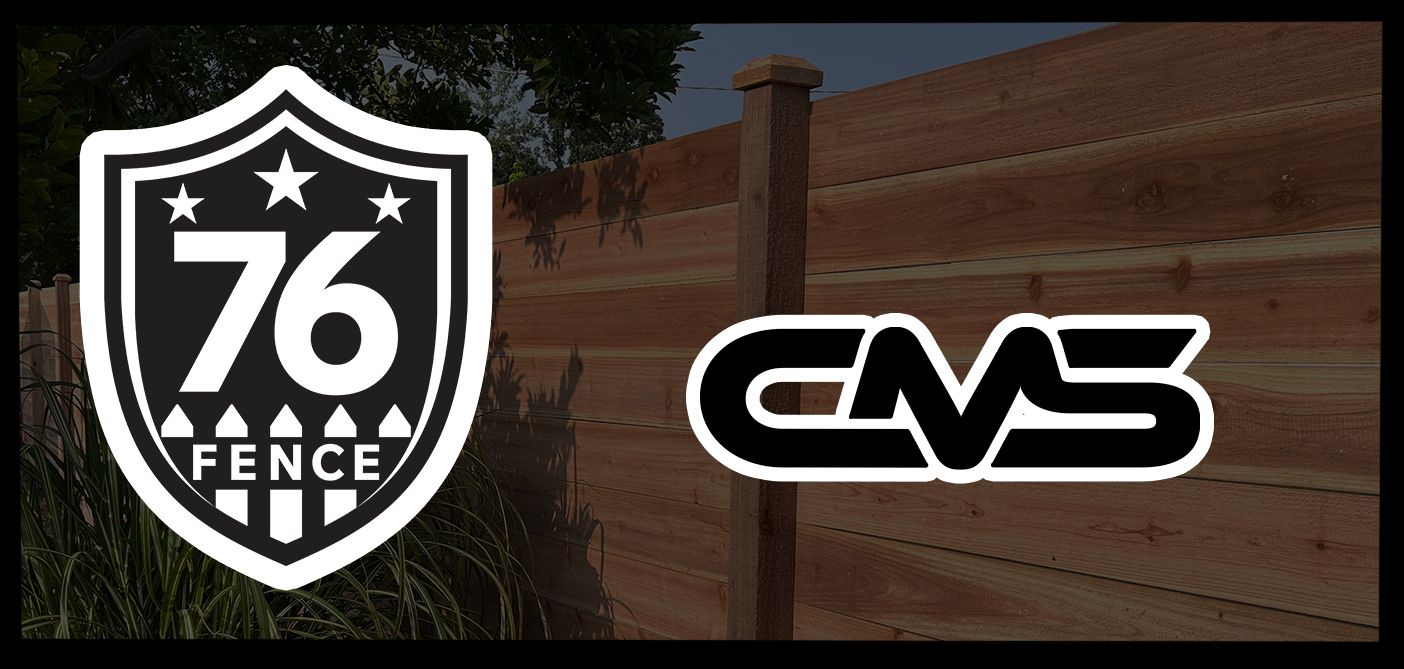How to Build a Wood Privacy Fence DIY
How to build a wood privacy fence DIY in ten simple steps
1. Determine how much material you will require. Take a linear foot measurement around the perimeter of your backyard (or any area you wish to fence in). Then, once you've decided on the type of material you want to use, you can figure out how much of it you'll require. This do-it-yourself project includes the material prices and building method for a wooden fence of 150 linear feet in length.
2. Draw a rough outline and layout for the barrier. Mason's line or any sturdy thread that can be pulled taut can be used to mark the location of the fence. Use this string to assist you through the process of installing your fence posts and pickets.
3. Make sure the fence posts are evenly spaced. Using spray paint, mark a place on the ground every 6 to 8 feet along the line you just traced to indicate where the fence post holes will be. The distance between each post should be maintained throughout the whole article. A gate will almost certainly be required for your fence, so draw two parallel lines to indicate the location of the gate.
4. Dig post holes in the ground. Dig a hole on each spray-painted mark with a post hole digger (or a power auger if you have one, which will make the work a bit simpler if you do not). The depth and breadth of each hole are determined by the size of the fence posts you are using. Each hole should be three times the width of the post and a third the depth of the post's height (for example, an 8-foot post would require a hole that is 212 feet deep). Excavate a further 3 to 4 inches for the gravel base. Before digging any holes, contact 811 (the diggers' hotline) to verify that you do not disturb any underground utility lines.
5. Fill in each hole with gravel. Each hole will require a gravel base in order to aid in the drainage of water away from the posts. Fill each hole with 3 to 4 inches of gravel and pack it down firmly.
6. Prepare the concrete mix. Make sure you follow the manufacturer's recommendations when adding water to your concrete mix so that it becomes liquid and ready to pour. If you want the posts to set up as quickly as possible, use a fast-acting concrete.
7. Construct the fence posts out of concrete. Place a post in the center of each of the holes you just dug, one post per hole. As you pour concrete into the pit, have a companion hold the posts plumb or support them with stakes to keep them standing straight as you pour the concrete. After you've poured the concrete, you should slope it away from the post to allow for drainage. Backfill each hole with 1 to 2 inches of soil and pack it in securely on top of the concrete to prevent leakage. Before you can go to the following stage, the concrete must have had time to set, which might take several days.
Attach the horizontal rails at the eighth position. Attach horizontal rails between each post when the concrete has dried completely. Attach a horizontal rail to the posts at a distance of approximately 6 inches from the top and bottom of the posts, using a hammer or drill. For a fence that is 6 feet or taller (which is usually often the case for a privacy fence), you should additionally install a middle rail to provide additional stability and support. Check the rails using a level on a frequent basis to ensure that they remain straight.
9. Attach the pickets to the fence. Attach pickets to the rails with a hammer or drill, one on each side. If you want a real privacy fence, there should be no gaps between the pickets. Once again, use a level to ensure that all of the pickets are plumb as you work.
10. Protect the wood by coating it with a protective sealer. You must paint, stain, or otherwise coat your wooden privacy fence once it has been constructed in order to preserve it from the effects of the weather. Apply a fresh coat of paint to the fence every few years to keep it in good shape. If your privacy fence is made of a durable material such as vinyl or bamboo, you may skip this step.
Obviously we recommend using a professional fence contractor to build your next fence. But if you are good with your hands and have the time and expertise, there's no reason you can't take on the project yourself.
If you'd prefer we take on the job for you, contact us today.
